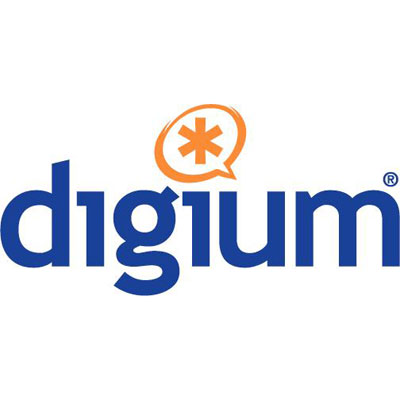 By Pete Engler, Digium
By Pete Engler, Digium
Technology can make your customers productive, save them money, and help them stay ahead of their competitors. The right technology, introduced to the market at the right time, can also make innovative vendors and manufacturers (and resellers) lots of money. For the last few decades, technology has been innovating and evolving at breakneck speed with some manufacturers constantly trying to come up with the “next” big thing, while others are just trying to keep up. In the consumer market, we see the tech-buying craze in action every time a new smartphone or tablet is released. In the business market, the spending fury is often a bit slower, given the sales process is much harder for new technology, particularly if the price tag is high. Even so, business consumers continue to crave new, better technology. As the business market demands technology advancements (that sometimes contradicts sales cycles), maybe it’s worth asking these two questions: Is all technology sellable? And, what role do resellers play in the innovation-to-market decision process?
Before the product is even designed, vendors need to find out if there are business needs to be satisfied or problems to be solved for the customer. Is the customer willing to invest in new solutions - and how much are they willing to pay for those needs/problems to be solved? This methodology of market analysis is consistent with new product design, and with adding functionality to an existing product.
Businesses that watch their bottom line are usually not willing to pay for “cool stuff” in technology, just because it’s “cool.” Businesses typically make technology investment decisions based on being able to help employees increase productivity, help improve business processes, or contribute to cost savings. The product must be relative to helping the employee and business operate effectively; and market research needs to be completed and justified in order for senior management to approve investing in and bringing the product to market.
Research can be completed in many ways, from talking to existing customers to on-site visits that observe customers in their day-to-day activities. The feedback may also come from the sales team or from online forums where product discussions are taking place. Research should not be limited to customers who have purchased, but also with any competitors’ customers that are willing to talk. Customers sharing the decision-making rationale that goes into choosing a competitive product could reveal how to improve upon, and where to focus on, a product or solution.
Once the market research is complete, along with estimates on size of the market, cost of goods sold, estimated market share that can be captured, development expenses and go market costs, a vendor can make an informed decision on the viability of bringing a product to market. At this stage, the vendor should have a good indicator if its target market is ready to consume (pay for) the new technology.
Where does the reseller’s role come into play? A vendor’s channel partner is critical not only during the initial research phase, but also when the product is finally launched. Channel partners work daily with a wide range of different sized businesses, with varying needs and problems to be solved. Being able to access the reseller’s extensive level of customer knowledge and feedback is key to the vendor in making a decision of whether or not a new product is sellable.
When the product has been built and is ready to begin the go-to-market process, the vendor’s marketing team must clearly articulate the value proposition of the solution, not only to their internal sales teams and channel partners, but also to the end customer. The value proposition, business or user needs, problems solved, how to overcome possible customer objections, use of the product and any other relevant messaging must be communicated and documented in a clear and concise manner.
Once the product is launched to the market, the evangelization and sales process begins. An engaged and adept sales team is critical to the sales process and manufacturers rely heavily on their channel’s expertise and knowledge of their market and customer base. Sales must understand and also be willing to demonstrate how the product is the best on the market, can solve the customer problems, knowing the specific customers pain points and how to make the business more effective, thereby saving it money over time. If the technology isn’t easily understandable to the prospect being sold, the process will break down quickly. Prospective customers can be extremely fickle and will easily give a competitor a first or second look if they cannot understand a confusing message.
While technology can be a great differentiator to a product and can provide significant value to improving business and employee productivity, the research on whether it is sellable has to be conclusive. And as a reseller, you should play an integral role in the entire process. This includes participating in the market research phase by providing feedback received from customers, and assisting the manufacturer in gaining interviews or onsite visits to gather the valuable data needed to build the right product at the right price. You should also provide feedback on pricing strategies and sales messaging. If indeed new technology is deemed sellable by the vendor/manufacturer, then it becomes your job to help communicate how the product or solution will in fact help the customer save time and money, and improve overall productivity and business processes. Resellers are an important bridge between the manufacturer and the end user. The more active and involved you are with your vendors during the lifecycle of any product process, the more likely you are to help everyone bring home some serious bacon.
Pete Engler is the channel marketing manager at Digium, a business communications company based in Huntsville, Ala., that delivers enterprise-class Unified Communications.


